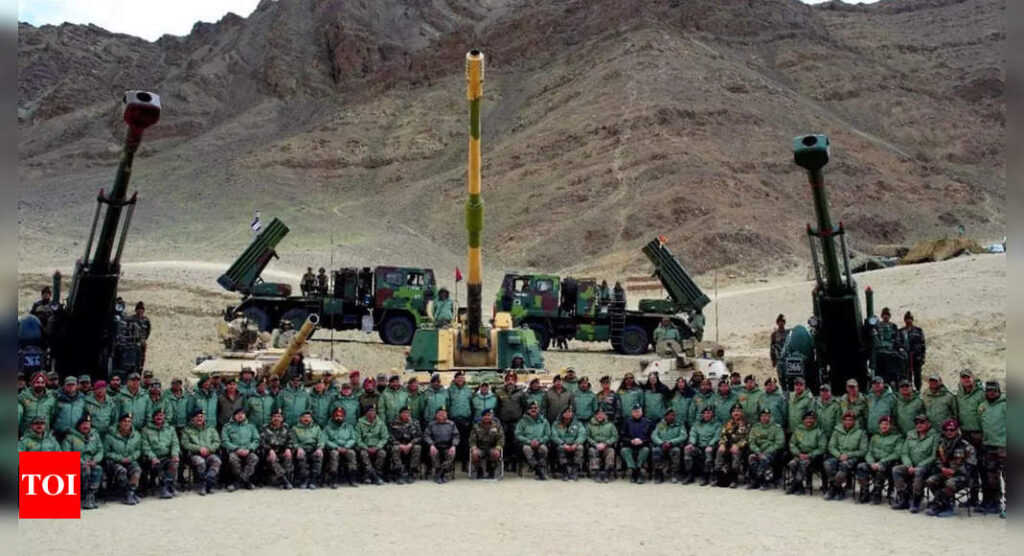[ad_1]
The 19th round of corps commander-level talks will be held on the Indian side of the Chushul-Moldo border meeting point on August 14, almost four months after the last round failed to break the deadlock, defence sources said on Friday.
The Indian delegation will be led by 14 Corps commander Lt-General Rashim Bali and include officials from the ministry of external affairs and ITBP, while the Chinese side will be headed by the South Xinjiang Military District chief.
The talks come at a time when the ongoing summer is witnessing heightened military activity by China all along the 3,488-km long Line of Actual Control (LAC), stretching from eastern Ladakh to Arunachal Pradesh, as was reported by TOI last month.
National security advisor Ajit Doval had also clearly told Chinese foreign minister Wang Yi that the situation along the western sector of the LAC since April-May 2020 had “eroded strategic trust” as well as the “public and political basis” of the overall bilateral relationship on the sidelines of the BRICS meet at Johannesburg on July 24.
At the military talks, while “proposals and counter-proposals” have been exchanged between the corps commanders, China till now has rejected India’s demand for troop disengagement at the Depsang Plains and the Charding Ninglung Nallah (CNN) track junction at Demchok.
“Let’s see if the People’s Liberation Army agrees to our proposals next week. The disengagement will only be the first step towards de-escalation and de-induction along the eastern Ladakh frontier. Improvement in the overall bilateral relationship is only possible if peace and tranquility are restored at the LAC,” a source said.
The major disagreement is over the Depsang Bulge, a table-top plateau located at an altitude of 16,000-feet, where the PLA has been actively blocking Indian soldiers around 18-km inside what India considers its own territory.
Over 50,000 troops each from the two armies remain forward deployed along with heavy weapon systems in eastern Ladakh, where the military confrontation is into its fourth year now.
China has assiduously used the last three years to consolidate its military positions in terms of bunkers, posts, artillery positions, surface-to-air missile systems, radar sites and ammunition storages.
All Chinese air bases facing India like Hotan, Kashgar, Gargunsa, Shigatse, Hoping, Lingzhi and Lhasa-Gonggar have also been upgraded with new and extended runways, hardened shelters and fuel dumps for additional fighters, bombers, AWACS, drones and reconnaissance aircraft. Moreover, China is now also building seven to eight new airfields and heliports facing India, as was reported by TOI.
China has also been flexing its muscles along the Sikkim-Arunachal Pradesh frontier, which had resulted in the clash between the rival troops at Yangtse in the crucial Tawang sector on December 9. Beijing then also “standardized” the names of 11 places in Arunachal Pradesh, which was summarily rejected by India.
[ad_2]
Source link











More Stories
Congress replaces Kamal Nath, names an OBC as Madhya Pradesh chief | India News
Fire breaks out in ITBP camp in Srinagar; none hurt | India News
Parliament Security: Co-villagers give clean chit to Lalit Jha, parents to move court | India News